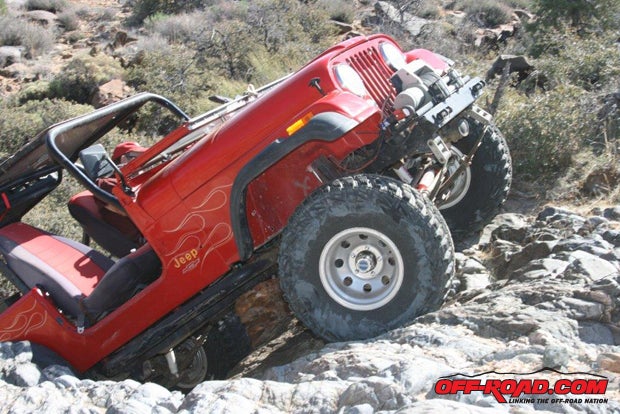
Once again automakers are busy building rigs without free-wheeling hubs. Axle and differential designs have changed to where now it’s very expensive to add free-wheeling hubs. However, hubs do save money and wear to front drivetrain components.
In the Fifties and Sixties, it seemed every machine shop with more than five employees was offering its own free-wheeling hub design because every four-wheel-drive pickup or SUV—although the term hadn’t been invented at the time—that rolled off the assembly line required either a set of free-wheeling hubs or slotted axle caps, which locked the axles to the wheels. The axle caps caused the axles and front driveshaft to turn continuously—as they do now—whether or not the transfer case was in four-wheel drive. There seemed to be dozens of hub manufacturers, each one with a different design. And several manufacturers included “automatic” hubs in their inventory, which worked great in the Snow Belt because a driver didn’t need to get out of the cab to engage them. However, they only worked with the torque going forward. If a driver needed to shift to reverse, the auto-hubs’ ratcheting design released their grip and the vehicle was back into two-wheel drive. Eventually, the marketplace pared the numbers down and only three or four hub manufacturers have survived.
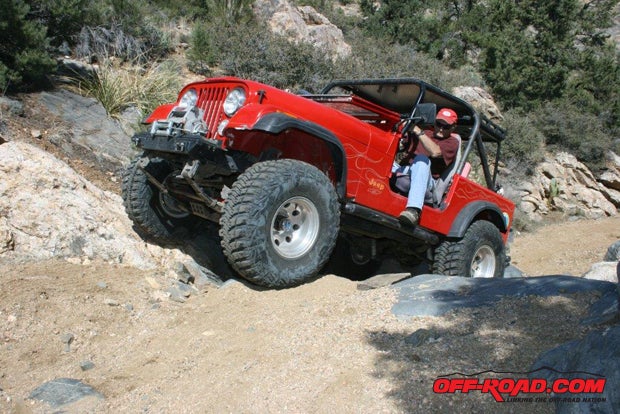
Then, back in the Seventies, the big rage began for full-time four-wheel drive, which also caused the front axles and driveshaft to turn constantly. And full-time transfer cases couldn’t use hubs. Nowadays the rigs aren’t full-timers, but vehicle manufacturers are still shying away from including free-wheeling hubs.
By the Eighties—for Jeep anyway—the CJ models had migrated back away from the full-time Quadratrac transfer case to the Dana 300 part-time transfer case, thusly utilizing free-wheeling hubs again. The 1982 CJ7 seen in this article was originally equipped with Superwinch locking hubs—either at the factory or at the dealership, I don’t know since I bought it used. Having owned it for more than 20 years, I only experienced one problem with the hubs. Around 1992 I discovered on a trail in Southern California that the mounting bolts on one of the hubs had worked loose, which could very easily contribute to breaking the hub. I tightened them and upon returning home, I replaced the bolts with studs and Nylok nuts liberally dosed with Loctite. I never suffered another loose hub!
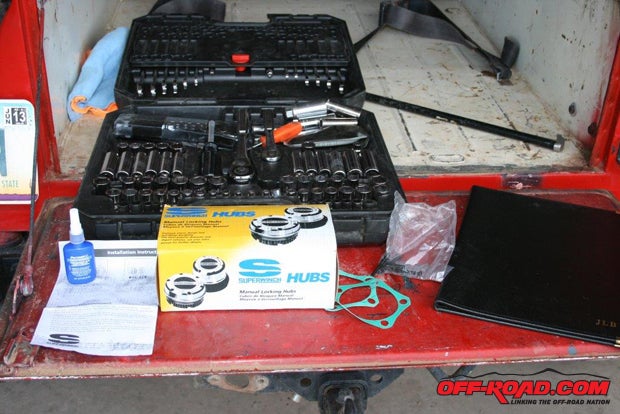
Until this past year, I also never experienced any problems with any front driveline components, and then I lost two front axles in short order. I replaced the OE axles with lifetime warrantied RCV axles (see http://www.off-road.com/jeep/tech/swapping-jeep-wrangler-dana-30-for-rcv-axles-53578.html), which caused the hubs to become the weaker link in the driveline.
With older equipment and power of a Chevy 350 V8, the driver must keep the torque applied to the driveline in order to avoid breaking things. Big tires (Goodyear 12.50x35 MT/R with Kevlar) and low gears (4.56:1 and 4:1 low range) can also contribute to enforced downtime, which is what happened to the CJ7’s left-front hub. Bouncing through a mud bog in low range and high RPM can cause the right foot to bounce as well, which can throw massive torque at the driveline in pulses rather than a continuous application—hence, a broken hub.
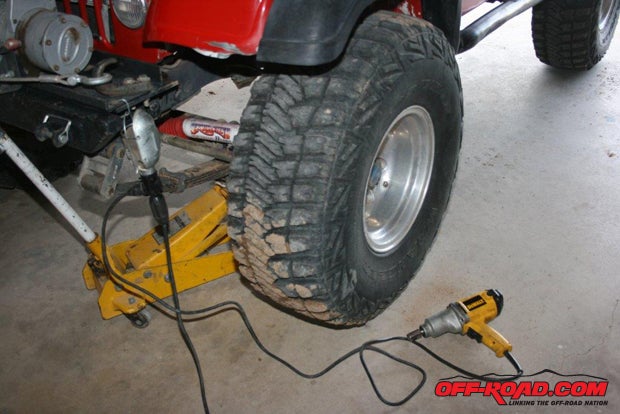
When you experience a broken component in the front driveline you need to determine if it’s the hub, the stub axle, the inner axle, or the side gears in the differential. In order to do that, jack up the affected side so that the tire clears the ground and engage the hub. Spin the tire. In the case of the 1982 CJ7, the Dana 30 front differential is of an open-knuckle design so you can see if the axle U-joint spins with the tire. If it doesn’t spin, it’s either the hub or the stub axle. If it spins, it’s either the inner axle—which you should be able to hear—or a broken side gear in the pumpkin. In my case, it didn’t spin with the tire so I disassembled the hub and discovered that its housing and locking gear were both broken.
This discovery sent me to the Internet to check on availability—I wanted to replace the broken Superwinch hub with another Superwinch hub—and I found that in addition to the usual online shops (4-Wheel Parts, Quadratec, etc.) Summit Racing and Amazon also offered large selections of locking hubs, so I ordered a pair from Summit Racing. Summit Racing is rapidly becoming a strong voice in the off-road aftermarket; it doesn’t sell just performance products any longer.
For more information on Superwinch, visit the company's website at www.superwinch.com.
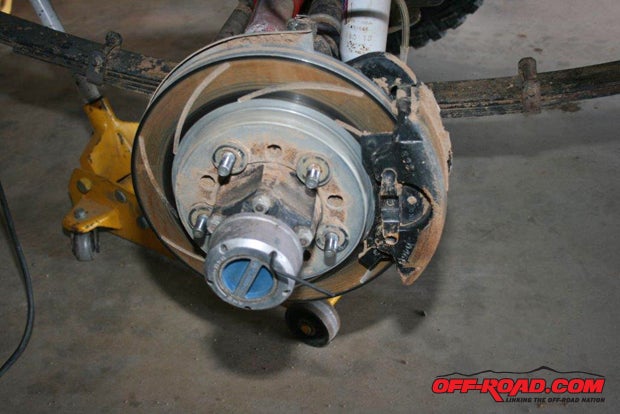

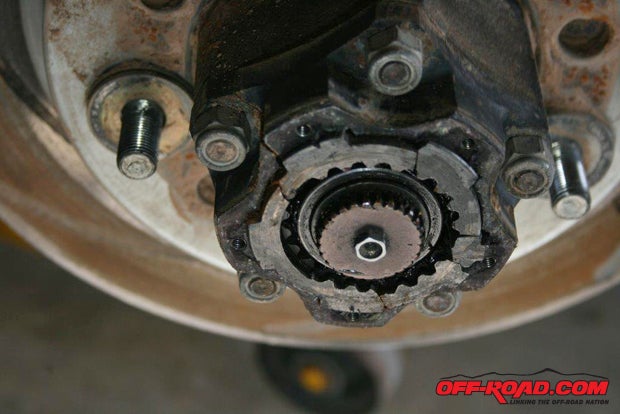
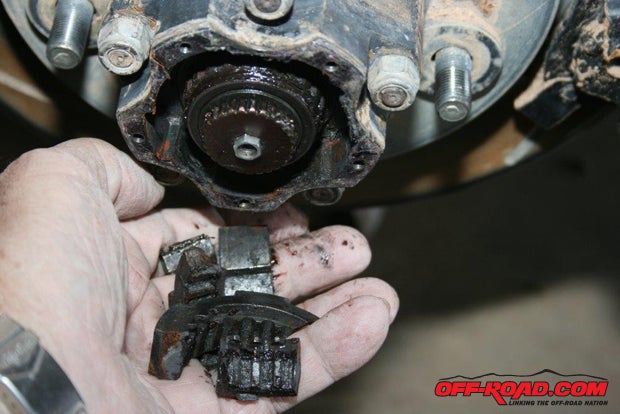
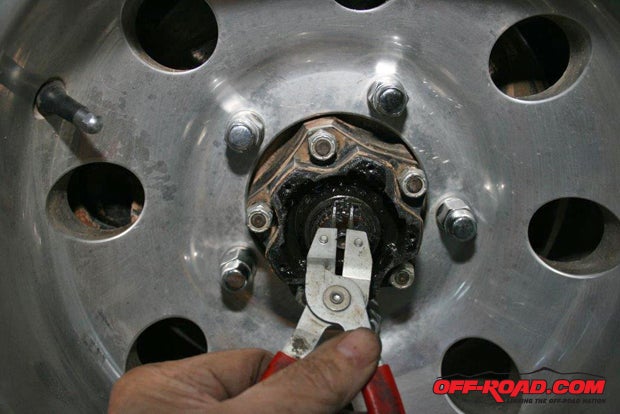
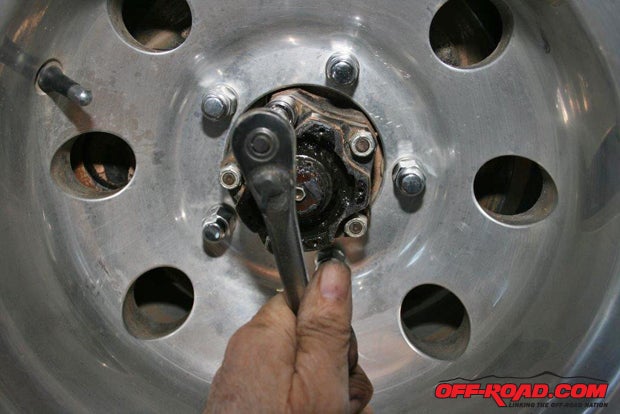
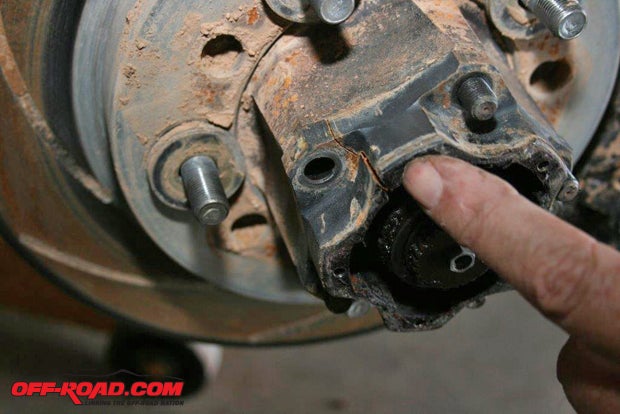
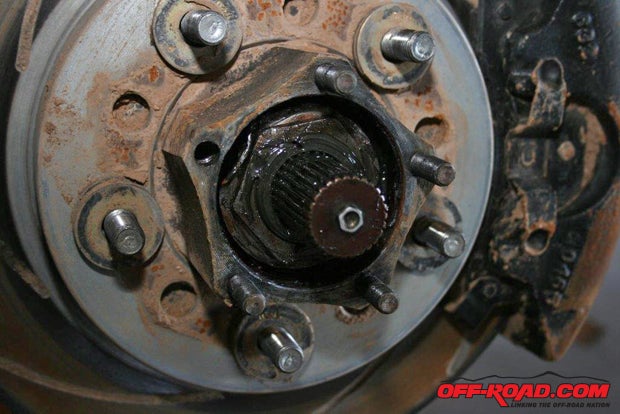
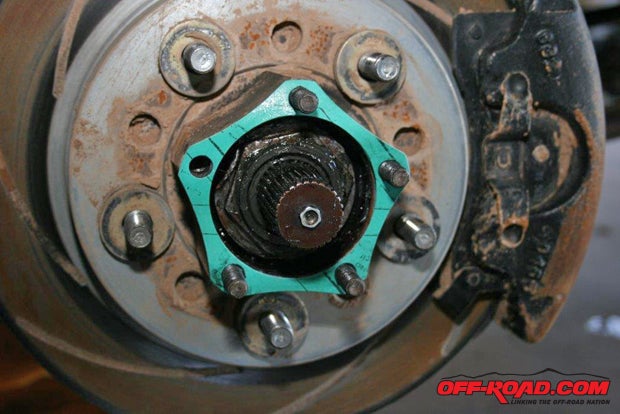
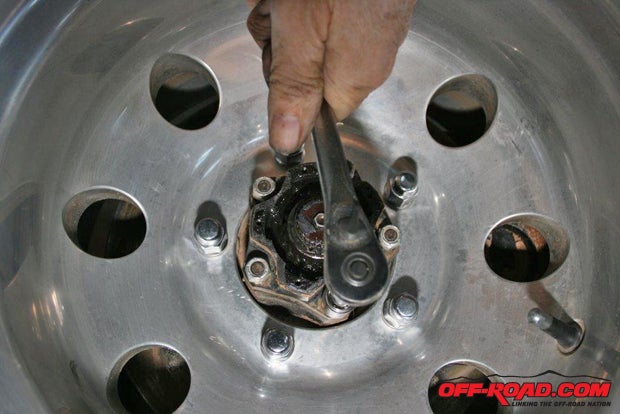
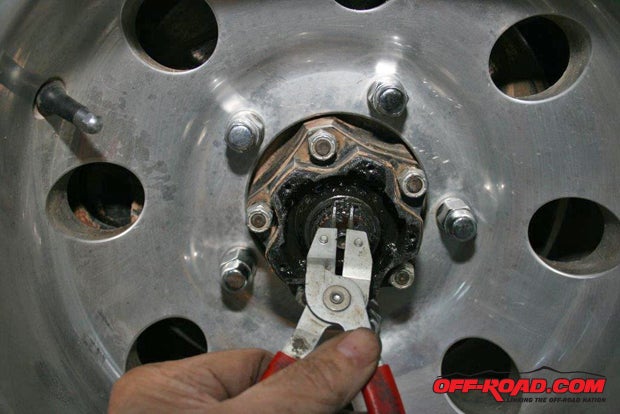
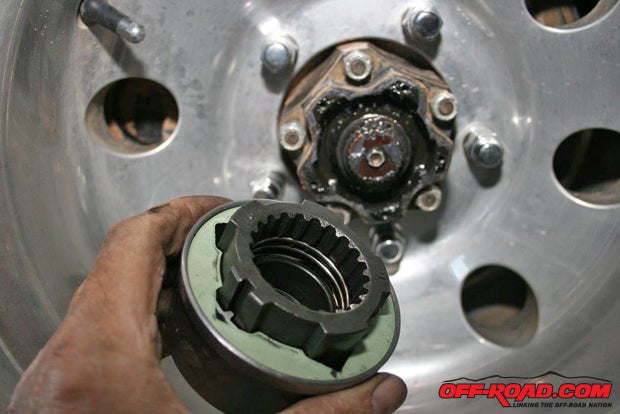
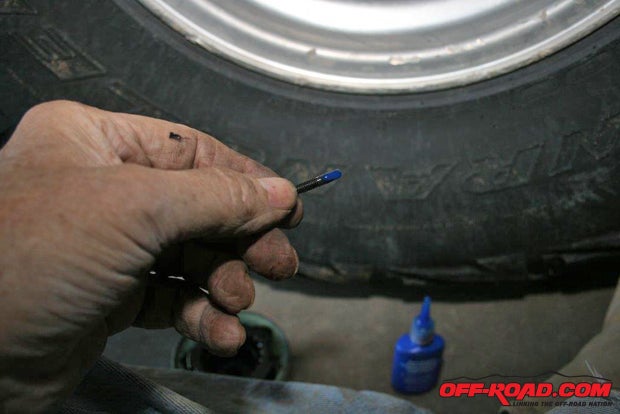
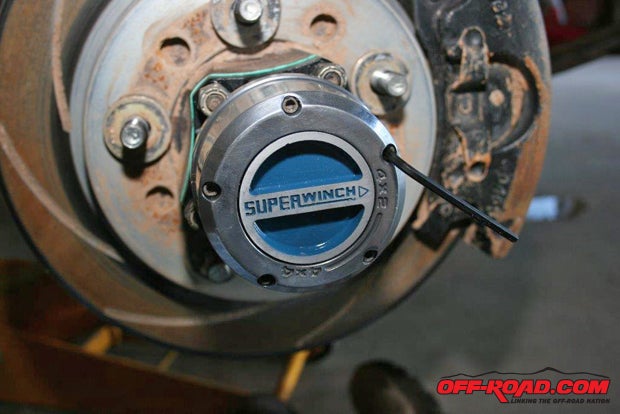
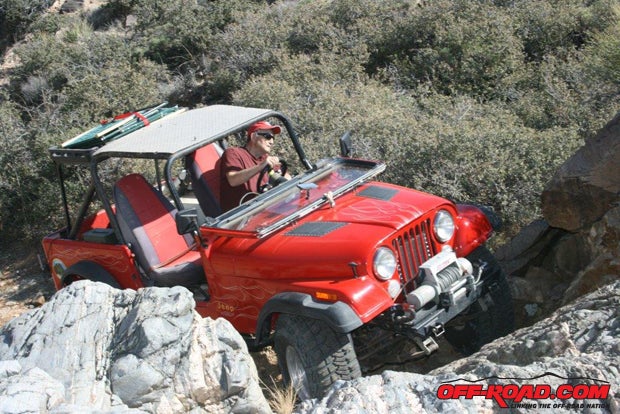


 Your Privacy Choices
Your Privacy Choices